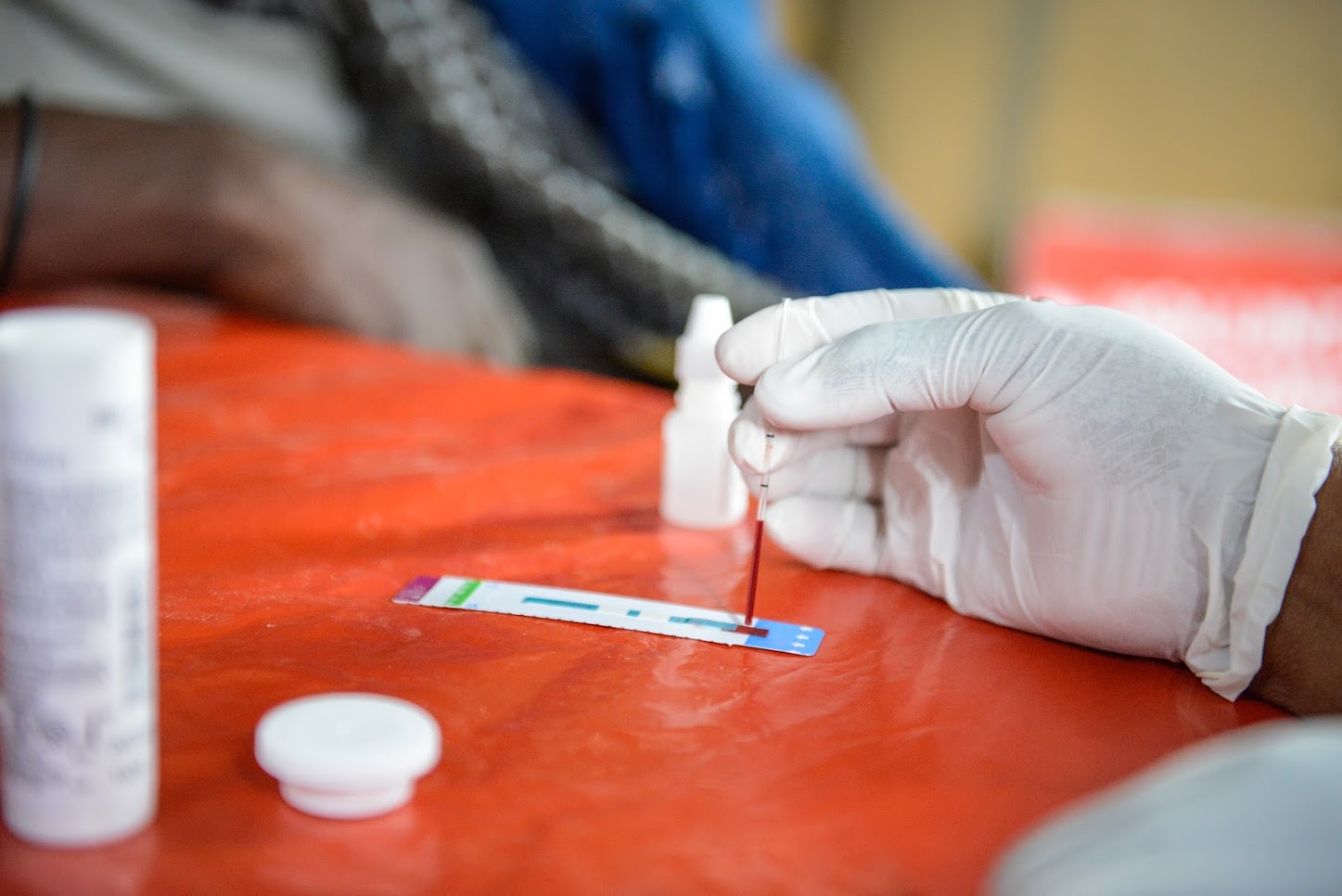The World Health Organisation (WHO) has released a new report indicating that HIV, viral hepatitis, and sexually transmitted infections (STIs) continue to present major public health challenges, causing 2.5 million deaths annually.
HIV, the Human immunodeficiency virus, is the virus that causes acquired immunodeficiency syndrome (AIDS). AIDS is the late stage of HIV infection that occurs when the body's immune system is badly damaged.
New HIV infections dropped slightly from 1.5 million in 2020 to 1.3 million in 2022. Five key population groups - men who have sex with men, people who inject drugs, sex workers, transgender individuals, and individuals in prisons and other closed settings - still experience significantly higher HIV prevalence rates than the general population, as per WHO.
An estimated 55% of new HIV infections occur among these populations and their partners. HIV-related deaths continue to be high. In 2022, there were 6,30,000 HIV-related deaths, 13% of these occurring in children under the age of 15 years.
WHO has validated 19 countries for eliminating mother-to-child transmission of HIV and/or syphilis. Botswana and Namibia are on the path to eliminating HIV transmission.
Treatment Coverage: Globally, HIV treatment coverage reached 76%, with 93% achieving suppressed viral loads. Efforts to increase HPV vaccination and hepatitis treatment are ongoing.
Recommendations for Improvement
- Develop national sustainability plans and investment strategies.
- Align disease-specific plans within a primary health care approach.
- Address stigma, discrimination, and criminalisation in health settings, particularly for vulnerable populations.
- Expand multi-disease elimination strategies.
- Strengthen primary prevention, diagnosis, and treatment efforts.
- Despite ambitious targets set for 2025 and 2030, progress is uneven, and more political commitment is needed to accelerate efforts and achieve global health goals.
